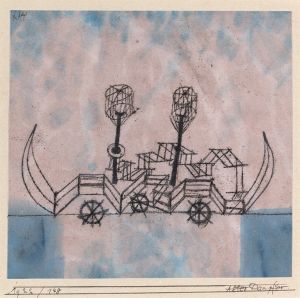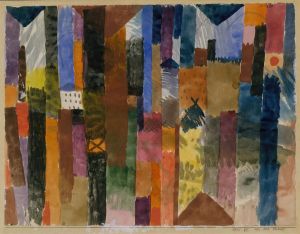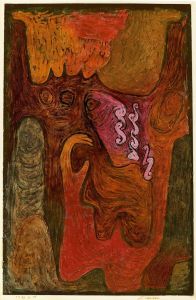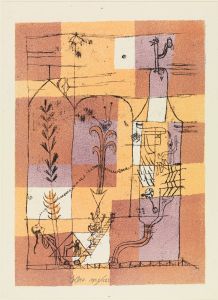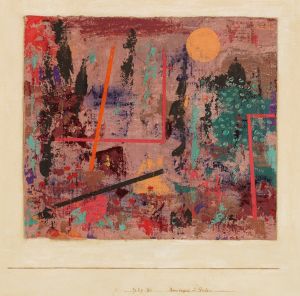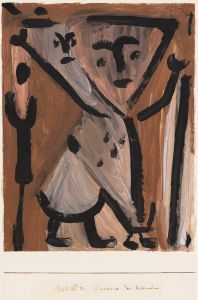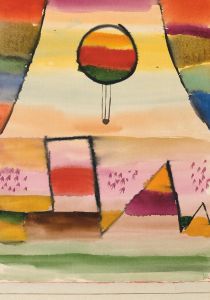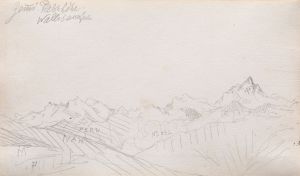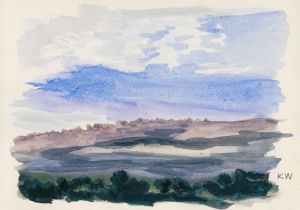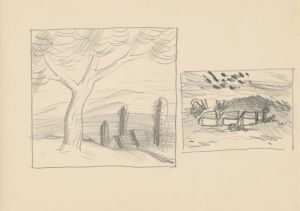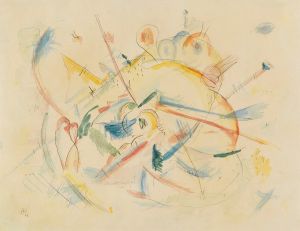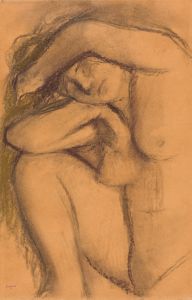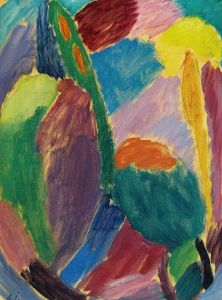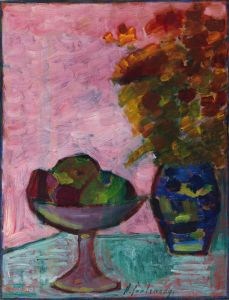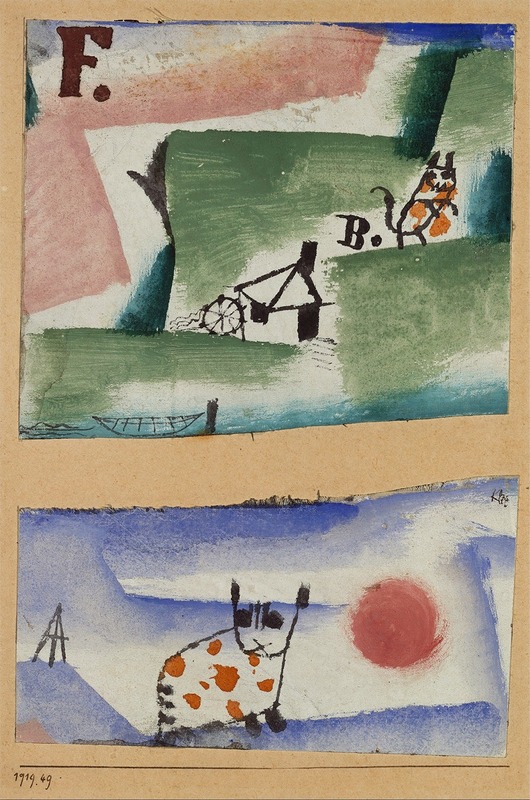
Tomcat’s Turf
A hand-painted replica of Paul Klee’s masterpiece Tomcat’s Turf, meticulously crafted by professional artists to capture the true essence of the original. Each piece is created with museum-quality canvas and rare mineral pigments, carefully painted by experienced artists with delicate brushstrokes and rich, layered colors to perfectly recreate the texture of the original artwork. Unlike machine-printed reproductions, this hand-painted version brings the painting to life, infused with the artist’s emotions and skill in every stroke. Whether for personal collection or home decoration, it instantly elevates the artistic atmosphere of any space.
Paul Klee's "Tomcat’s Turf" is a notable work by the Swiss-born artist, created in 1920. Klee was a pivotal figure in the development of modern art, known for his unique style that combined elements of expressionism, cubism, and surrealism. His works often reflect his interest in color theory, music, and the subconscious, and "Tomcat’s Turf" is no exception.
"Tomcat’s Turf" is a watercolor and oil transfer drawing on paper, a medium that Klee frequently employed. This technique involves transferring a drawing from one surface to another, allowing for a delicate and intricate line work that is characteristic of Klee's style. The painting measures approximately 45.1 x 30.5 cm and is part of the collection at the Museum of Modern Art in New York.
The artwork depicts a whimsical scene that is both abstract and figurative, a hallmark of Klee's work. The central figure is a stylized cat, rendered with geometric shapes and vibrant colors. The background is a patchwork of colors and forms, suggesting a landscape or a dreamlike environment. Klee's use of color is particularly striking in this piece, with bold contrasts and harmonious blends that create a sense of movement and depth.
Klee's interest in the subconscious and the fantastical is evident in "Tomcat’s Turf." The painting can be seen as a reflection of his fascination with dreams and the inner workings of the mind. The cat, a recurring motif in Klee's work, may symbolize independence, curiosity, or the artist's own playful nature. The title itself suggests a sense of territory or domain, perhaps hinting at the personal or psychological space that the cat inhabits.
During the time "Tomcat’s Turf" was created, Klee was a member of the Bauhaus, a revolutionary art school in Germany that sought to unify art, craft, and technology. His work during this period was influenced by the Bauhaus's emphasis on abstraction and the exploration of color and form. Klee's teaching at the Bauhaus also informed his artistic practice, as he developed theories on the relationship between color and emotion, which are evident in the vibrant palette of "Tomcat’s Turf."
"Tomcat’s Turf" is a testament to Klee's innovative approach to art and his ability to blend different styles and techniques. It captures the essence of his artistic vision, where the boundaries between reality and imagination are blurred, and where color and form are used to evoke emotion and thought. The painting continues to be celebrated for its originality and its contribution to the development of modern art.
In summary, "Tomcat’s Turf" by Paul Klee is a significant work that exemplifies the artist's unique style and his exploration of color, form, and the subconscious. It remains an important piece in the study of Klee's oeuvre and the broader context of 20th-century art.





